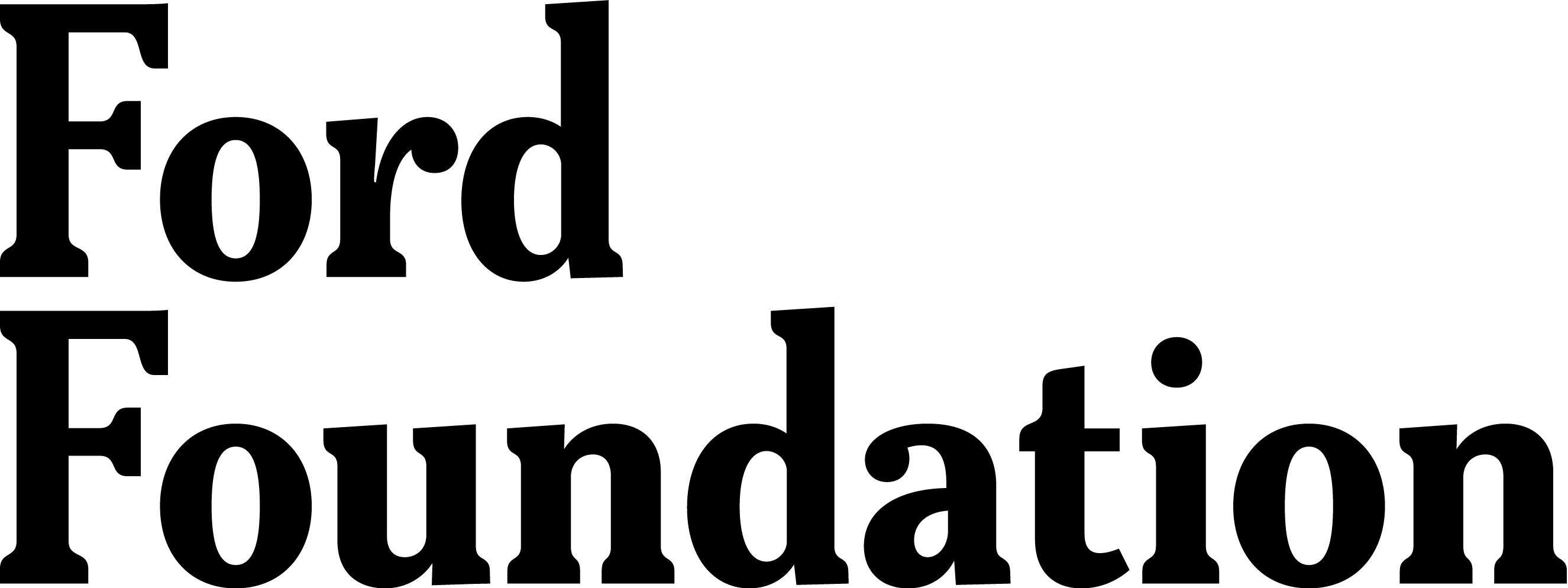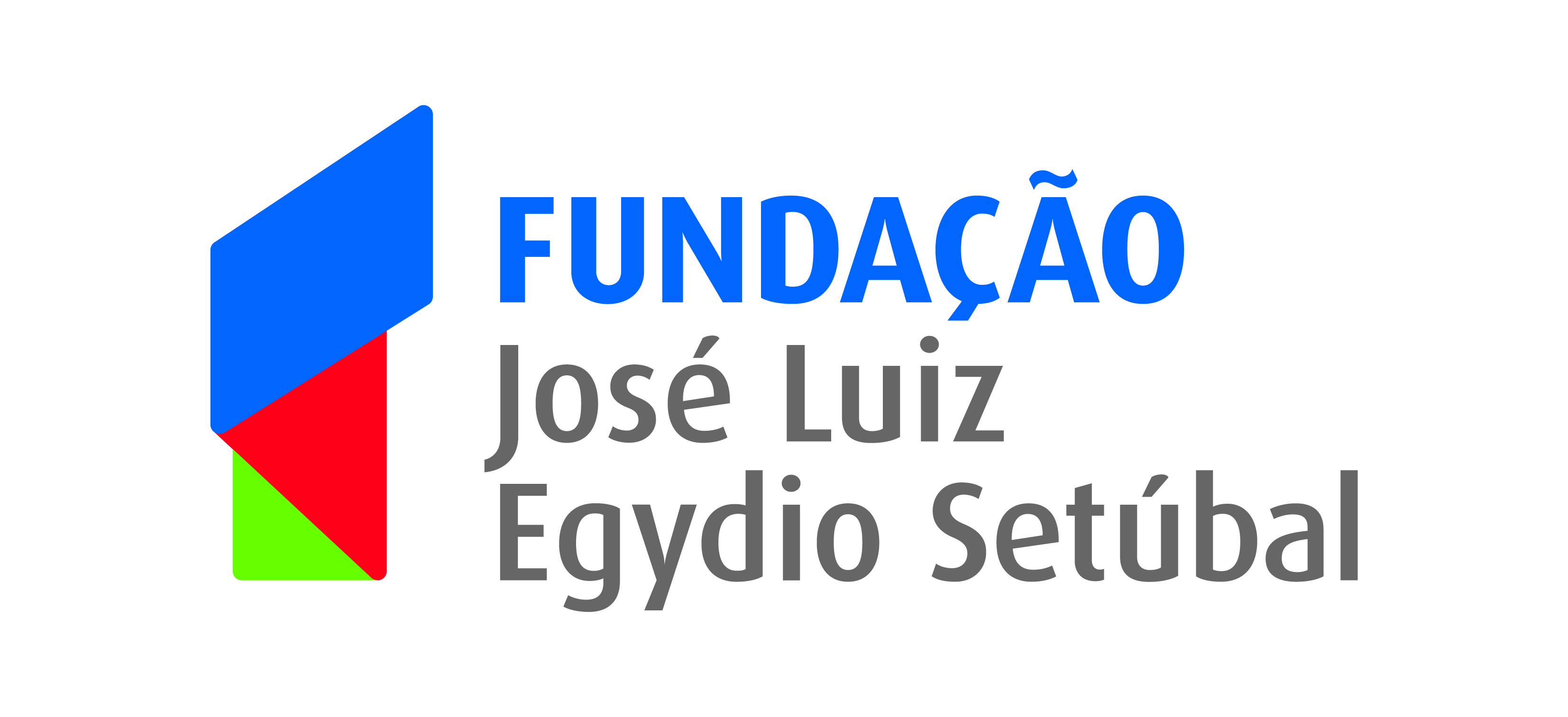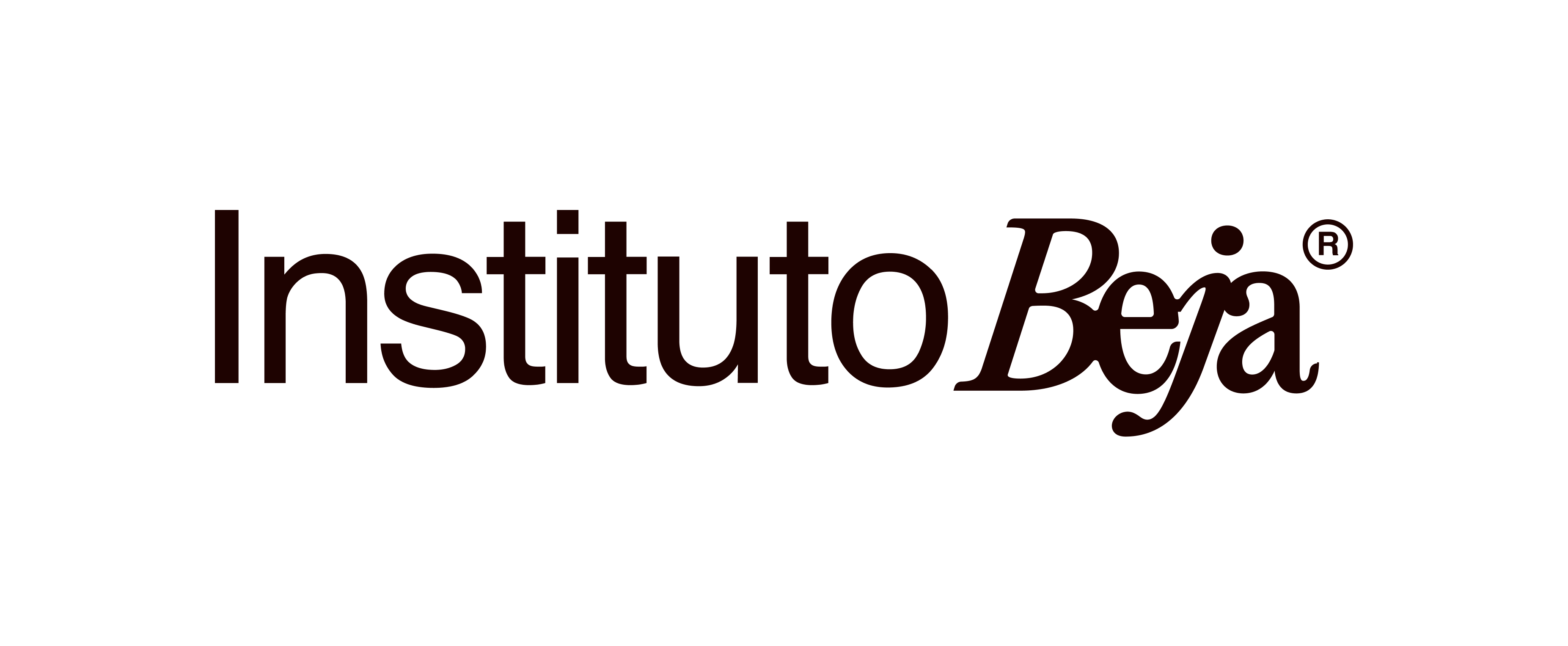Interview- Vikki Spruill
Por: GIFE| Notícias| 20/06/2013 1 June 2013
Alliance magazine
‘I think our single biggest value to our members is defending philanthropy’s role as a unique, catalytic sector in our country and world.’
When times are hard, memberships and subscriptions are often the first things to be cut. The Council on Foundations, for example, has seen its membership fall to about 1,700 from 2,000 in 2007. It now employs 47 people, compared with about 65 just 18 months ago and 105 before the recession. However, as Vikki Spruill, who became president and CEO of the Council in July 2012, explains to Alliance, these employment figures signal a reorganization more than a retreat.
In an interview last December, you said: ‘The board brought me on with a mandate for change.’ What kind of change?
Under the old model of membership associations, members paid dues in exchange for services, information on specific topics, and an opportunity to connect with other members. Now that the internet has made information and even networking available mostly for free, all membership associations have to reassess their approach. For a good part of the last eight months, I’ve been talking to Council members, other funders and philanthropic leaders to better understand their needs.
Historically the Council has been organized by foundation type. We supported a family philanthropy group, a community philanthropy group, a corporate grantmaker group and so on; the groups operated very independently of each other. But members have told us that they want opportunities to connect beyond their unique foundation type. A community foundation, for example, will have ways to connect with others within the its field but not ways to connect with private foundations or family foundations working on similar issues. As the national membership association for the philanthropic sector, we think our greatest asset is creating the possibilities for members to do just that.
However, we realized that we were not structured for that so we’ve undertaken a redesign of the organization; we need a very different perspective and a significant culture change. From the start of this year, we have been hiring new staff and mobilizing the existing team around the new direction. To enable our staff to understand members’ concerns and objectives more clearly, we will place people in different parts of the United States. These staff will steward Council members in these areas – in other words they will be responsible for managing relationships with them. They will listen to them and identify trends and common characteristics, and what they learn will inform our programmes and services. Those services will be the ones that we are uniquely suited to provide – things like our work around national US public policy, legal services, professional development at the executive, rising star and board level, our research portfolio, and of course our convening ability. Not just big conferences, but more agile, innovative ways of connecting people around issues such as moderated dialogues. We’ll provide this core set of services and then partner with other organizations better suited than us to deliver other services.
In your message to Council members called ‘A New Vision for the Council’, you say: ‘The new Council model will operate as the hub of the largest, most connected philanthropic network in the world.’ It’s an ambitious aim – how will you realize it?
First, I should make clear that the Council is a hub. We have colleague organizations, global and domestic, and if you think about how networks work there is no such thing as the hub. It’s a question of networking between members, but also with academia, government, business and other philanthropic organizations. The philanthropic infrastructure field is densely populated and each of the groups in it – affinity groups, regional associations, associations of associations – provides a unique set of services to members. We need to become much more of a hub in a networked world where it’s all about open source information and partnering and alliances. This is critically important.
At the end of last year you eliminated some positions at the Council that you say ‘don’t fully support your new model’, and you intend to create new positions that do. Can you say a bit more about this?
Our old model was about implementation and execution; our new model is much more about partnership and relationships. So a number of the new positions will focus on building and strengthening connections within networks, with our colleague organizations, to develop new ways of leading, sharing, serving and operating.
Philanthropy has also become much more diverse – with high net worth donors, impact investors, donor advised funds. Do you envisage the Council broadening its membership to include these groups?
Currently our mission is around organized philanthropy, but we are constantly evolving and we will be looking at those questions in the near future. The Council must develop stronger partnerships with organizations and leaders beyond organized philanthropy, which we have begun doing already.
Do you see the Council becoming a more global organization? Can you imagine having Council staff members based in other places?
Our focus has been on helping US foundations to be more effective global grantmakers, but we have a growing number of overseas members. If we take this network model to heart, we need to understand trends in global philanthropy as well. I can’t envision having Council staff in other countries, but I think we will tighten our connections with organizations such as the European Foundation Centre, GIFE, the China Foundation Centre and WINGS for instance.
What is the Council’s role in supporting its members through what is potentially a difficult period?
We’re focused primarily on maintaining existing policy regarding the charitable sector, most immediately the charitable deduction. Our government is debating options to balance the budget, and the charitable deduction has become part of the conversation about how to accomplish this. So, we have really been working hard to help policymakers and the public understand the role philanthropy plays in the US and in the world. I think our single biggest value to our members is defending philanthropy’s role as a unique, catalytic sector in our country and world.
Do you think there’s a danger of appearing self-serving, that it might seem that the Council is defending its members rather than advocating for the causes that they and the people they support exist to serve?
I don’t think the sector has done a particularly good job of describing what it does in terms of the impact it has, so we are trying to shift attention from philanthropy as dollar signs to philanthropy as impact in the community. The Council’s board chair, Kevin Murphy, testified before the House Ways and Means Committee several weeks ago. Instead of having me as the CEO of a ‘special interest group’, we asked Kevin, who is from a rural community foundation, to be our messenger. He was able to talk compellingly about the impact that his community foundation has had in his community. So we have to make that shift, and we can lead in making it.
Should the Council take a public position on issues your members are interested in?
I’d make a distinction between positions around the business of philanthropy versus what I’ll call topical issues of concern to our members, such as tax reform and specific policy towards philanthropy. So we have taken a position in defending the charitable deduction, but as a national membership association representing a diverse set of members we don’t take specific positions on issues of interest to our membership. Instead, we are the convening force and the amplifier of the debates on these issues. It is up to our members to then take up those issues.
What do you see as the main challenges facing the Council on Foundations?
I think that the biggest challenge is cultural. The world is changing at a blistering pace. We are drinking from a data fire hose every single day and results are being measured hourly, not annually, which means all of have us to think very differently about what we mean by long-term planning and strategic direction. So I think our biggest challenge is continuing to move forward in a field that has perhaps had little incentive or external pressure to force that kind of change.
Is there anything you’d like to add?
The reason I get out of bed every day is because I so passionately believe in the contribution that philanthropy makes to solving our world’s challenges. That’s why all of this matters; that’s why we must become more in tune with our members so we can more effectively leverage their tremendous work and accelerate the changes that are so needed in the world today.
For more information
www.cof.org
Comment: Gerry Salole
Reading the interview with Vikki Spruill, I can see that there are some things that are very similar here in Europe and in the States. We are facing many of the same issues: how does a membership organization stay relevant when people are better connected in all sorts of other ways? What’s the role of a membership organization in encouraging members to improve or cooperate or influence public policy? How do you defend this very privileged sector in times of economic and social stress? Foundations are often inept at explaining what they do in a simple way. The public doesn’t understand what they do and how they do it; in Europe this is still a challenge.
And once people have made the effort to make connections and found partners, they’re sometimes too comfortable with that. You have to challenge them to enter different kinds of partnerships and their appetite for change is not great. So there’s this constant question for a membership organization: do you keep people happy or do you challenge them? Sometimes you over-challenge and you lose people; sometimes you are not challenging enough and people lose interest.
But what struck me most about the interview were the differences. Everything seems to be so ‘aligned’ in the States. Admittedly, it’s a more developed and connected sector, but in some ways they seem to be more caught up in the constructs and labels: what are foundations? What do foundations do? What do membership organizations do? One of the things the EFC has to do very often is reinvent itself simply because the sector is moving so fast. I’m almost nervous to use the word ‘foundation’ these days because there are so many different actors out there: hybrid institutions that own companies that are philanthropic in scope, corporate social responsibility, venture philanthropy, convening organizations, operational foundations and so on. It’s a much more complex sector.
Another thing that struck me is the way the Council on Foundations continues to talk about grantmaking and grantmakers, because the US model is essentially restricted to that. We have so many members who aren’t grantmakers and who are more interested in policy or convening or all the things they can do without making grants. Some institutions, like King Baudouin Foundation (KBF), hold funds from individuals, which is unusual in traditional US foundations. For example, KBF has its own constituency of donors who give money to it, who are actively involved; there are venture philanthropy funds within the foundation. Increasingly people are approaching foundations and saying, ‘you have the experience as a grantmaker, I’ll give you the money and I want it to be used in this place or on this topic.’ KBF is a perfect example of a hybrid foundation. It can be seen as a community foundation and a donor advised fund. When I first took the helm as EFC chief executive in 2005, eclectic organizations like KBF were much rarer, but over the years they have been emerging more frequently.
For us the big challenge is whether we can be sufficiently versatile to respond to all the different needs that are emerging. That means having very close relationships with other philanthropic bodies. Beyond the rhetoric of cooperation, the fact that we’re moving into a shared building, Philanthropy House, with the Network of European Foundations, the European Venture Philanthropy Association and some of the think-tanks involved in philanthropy, obliges us to think about how we represent this wider group of players. It’s not solely organizations that are defined by the ultimately narrow legal form of a foundation, notwithstanding the simple fact that in Europe the notion of a foundation is intrinsically much more diverse than in the States. We’re adding to that organizations that are not even aspiring to be foundations, such as hybrid institutions with a small portfolio of resources that are grant-seeking. It’s a situation in flux.
We want to have much stronger relationships with international NGOs now that we’re doing development work. We need to make sure that our connections with academics, donor advised funds and think-tanks are deeper. There are academic institutions that are now teaching philanthropy so there is a conversation emerging between practitioners and academics. In fact, we are considering broadening our membership to include these ‘friends of philanthropy’ – individuals who are interested in philanthropy – which we haven’t done before. This would include individual donors – and the capacity-building activities we do should be open to them. We also need to talk to organizations that specialize in helping high net worth individuals to figure out what they want to do. We see the EFC as increasingly playing this kind of linking role. We’re trying to grow our members in lateral ways, not just among foundations.
Gerry Salole is chief executive of the European Foundation Centre. Email [email protected]







